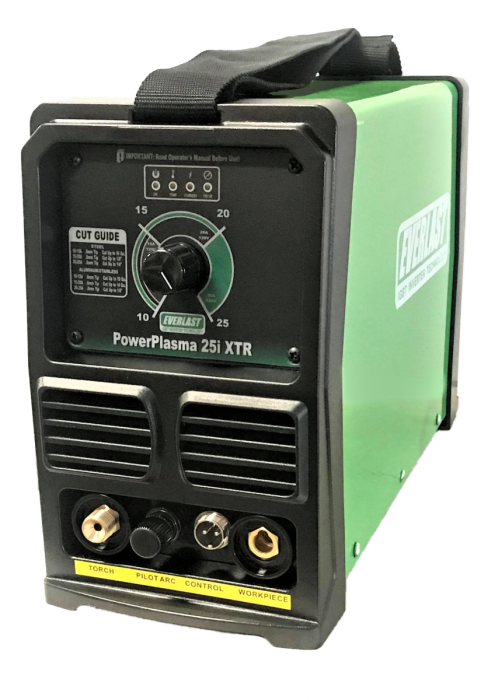When it comes to precision cutting in metal fabrication, a plasma cutter is an indispensable tool. Whether you’re a DIY enthusiast or a professional welder, choosing the right plasma cutter can greatly impact the quality of your work and your overall efficiency. With a multitude of options available on the market, it’s important to understand the key factors that will guide you in making the best purchasing decision. This complete buying guide will walk you through the essential considerations to ensure you select the perfect plasma cutters for your needs.
Cutting Capacity
One of the primary factors to consider is the cutting capacity of the plasma cutter. This refers to the maximum thickness of metal that the cutter can effectively handle. Be sure to match the cutter’s capacity with the type and thickness of materials you commonly work with. Choosing a cutter with too low of a capacity can limit your capabilities, while opting for excessive capacity can lead to unnecessary expenses.
Duty Cycle
The duty cycle indicates the amount of time a plasma cutter can operate continuously within a 10-minute period. It’s expressed as a percentage, such as 60% at 40 amps. A higher duty cycle ensures longer periods of uninterrupted work, which is particularly important for professional users. DIY enthusiasts might find lower duty cycles sufficient for their occasional projects.
Power Source
Plasma cutters can be powered by either standard 120V household outlets or higher voltage 240V outlets. The power source you choose depends on the thickness of the materials you intend to cut. Thicker materials generally require higher voltage machines for optimal performance.
Cutting Speed
Efficiency is key in any cutting application. Consider the cutting speed of the plasma cutter, as it directly impacts your productivity. Faster cutting speeds can significantly reduce your overall work time and increase project turnover.
Portability
If you require a portable plasma cutter, weight and size become crucial factors. Portable models are ideal for those who need to move their equipment frequently or work on-site. Ensure that the chosen cutter strikes a balance between portability and cutting capacity.
Type of Plasma Cutter
There are two main types of plasma cutters: traditional and inverter-based. Traditional plasma cutters use transformers, making them heavy and less efficient. On the other hand, inverter-based models are lighter, more energy-efficient, and offer better cutting performance. Opting for an inverter-based plasma cutter is generally a more forward-looking choice.
Consumables and Maintenance
Regular maintenance and replacement of consumables are essential to keep your plasma cutter functioning optimally. Before purchasing, check the availability and cost of consumables such as nozzles, electrodes, and shields. A cutter with easily accessible and affordable consumables can save you time and money in the long run.
Brand Reputation and Warranty
Choosing a reputable brand ensures higher quality, reliable customer support, and access to replacement parts. Research customer reviews and the brand’s reputation within the industry. Also, check the warranty offered on the plasma cutter – a longer warranty period often reflects the manufacturer’s confidence in their product’s durability.
Selecting the right plasma cutter requires careful consideration of cutting capacity, duty cycle, power source, cutting speed, portability, type of cutter, maintenance needs, and brand reputation. By analyzing these factors in relation to your specific needs and preferences, you can confidently make a well-informed decision. Investing time in research and understanding will undoubtedly lead to a plasma cutter that enhances your metal fabrication projects and boosts your overall efficiency.

